What Is Kobe Beef What Is Kobe Beef Fed
Cows that drink beer, are massaged with rice wine and listen to classical music?
For meat lovers, Kobe beef is considered the epitome of fine dining.
Just what is Kobe beefiness, where does Kobe beef come from and why is it and then expensive?
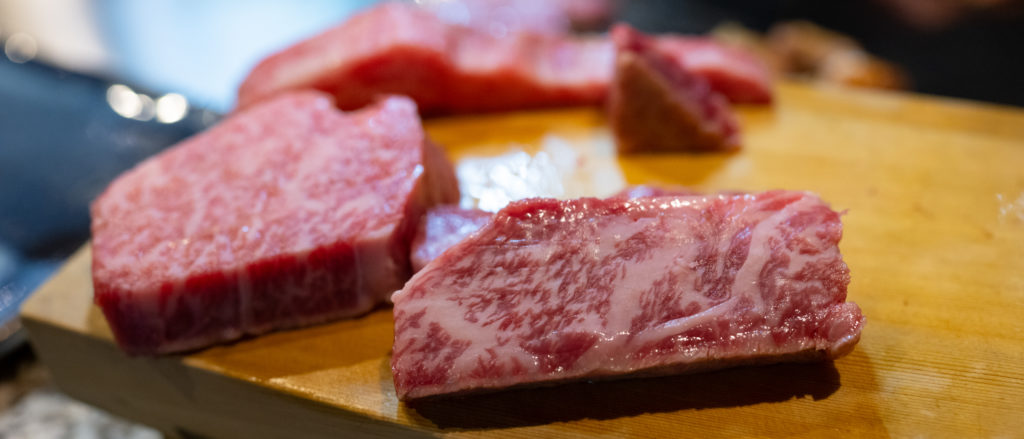
Photo used with permission courtesy of @somewhere.in.jp
So, what is Kobe beefiness exactly?
Kobe beef, sometimes misspelled equally Colby beefiness, comes from the Tajima-gyu breed of cattle found in Japan's Hyōgo Prefecture, of which Kobe is the capital and the meat's namesake.
Introduced every bit work animals in the rice cultivation industry during the 2nd Century, Tajima-gyu became isolated from other breeds in the small pockets of arable country inside Japan's mountainous mural.
Herd isolation and distinctive feeding techniques are said to have led to unique differences in taste and texture.
Kobe beef is renowned for its superior flavor, tenderness and high corporeality of intramuscular fat, giving the meat a marbled advent. It is often cited every bit being healthier than commercial beef because of its high concentration of monounsaturated fats and omega-3s.
Its prized value must also be credited to the mysterious rearing techniques said to assist the meat's delectable season and texture.
In that location are three major stories that crop up fourth dimension and time again and have accomplished somewhat of urban fable status.
- The first is that the cows are given beer to induce appetite.
- The second is that they are massaged daily, sometimes with sake (Japanese rice wine), every bit a proxy for practise in the tight living quarters and to further accentuate the marbling that Kobe beefiness is so well known for.
- And the third is that classical music is played to them as a relaxation technique and at feeding time, and so they associate the music with eating and hence the music improves their appetite.
While in that location is no difficult evidence to suggest that whatever of these techniques improve flavor or texture, they certainly give the imagery of the cows living as kings, adding to the decadence of a Kobe beef meal.
Wagyu vs Kobe
And so, what is wagyu beef and what is the divergence between wagyu and Kobe beef?
Wagyu but means Japanese cow or cattle. Information technology is a holistic term that is used to refer to whatsoever meat from Japanese cattle and, despite common misconception, wagyu is non a brood itself, nor does the term have any relation to quality. Then when we talk about 'wagyu meat' or 'wagyu steak,' it simply means it came from a Japanese moo-cow.
Wagyu cattle are classified into four breeds – Japanese Black, Japanese Chocolate-brown, Japanese Poll, and Japanese Shorthorn.
Tajima-gyu cows, from which Kobe beef comes from, vest specifically to the Japanese Blackness brood.
Only meat of Tajima-gyu cows that fulfill strict lineage and quality criteria can be termed 'Kobe beef.'
This ways that all Kobe beef is wagyu beef, but merely a very pocket-sized proportion of wagyu beef is Kobe beefiness.
In fact, only effectually 3,000 heads of Tajima-gyu cattle are certified as Kobe beef each year. Kobe beef contributes to merely 0.06% of beef consumption in Nihon, and merely a very small fraction of that is exported.
You tin can already begin to understand how rare existent Kobe beef really is.
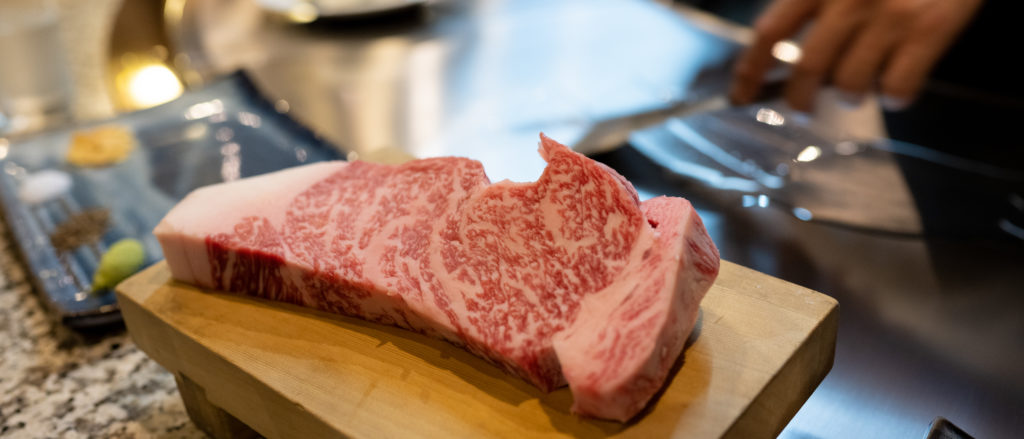
Photo used with permission courtesy of @somewhere.in.jp
Wagyu beefiness grades and Kobe beefiness grades
As Kobe beefiness is a type of wagyu beef, Kobe beefiness is graded using the wagyu form system. This system uses a combination of letters and numbers and is used to rate the quality of Japanese beef.
Wagyu is given a letter grade (A through C) for yield and a number grade (1 through v) for quality.
Yield grade
Yield grade determines the 'cutability' of the meat, meaning the proportion of meat that tin be obtained from a certain part of the cow'southward carcass.
Course A : Higher up standard
Course B : Standard
Grade C : Below standard
Quality grade
Wagyu beef quality is determined past evaluating four different categories: the thin strips or flecks of fat known as marbling; the color and effulgence of the beefiness; firmness and texture; and the color, luster and quality of the fat.
The beef is assigned a number class from 1-v for each of the categories.
5: Excellent
4: Good
iii: Average
ii: Below average
1: Poor
Within the marbling category, there is additional grading based on the Beef Marble Score (BMS). The BMS allows the distinct marbling of the beefiness to be graded to an even effectively degree of accuracy, and is given a number grade of 1-12.
This shows just how of import marbling, known equally 'sashi' in Japanese, is to the quality of wagyu and the overall cook-in-your mouth experience of high quality Japanese beef.
Class BMS No.
5: Fantabulous 8 – 12
4: Proficient five – 7
3: Boilerplate three – 4
2: Beneath boilerplate ii
1: Poor i
The best score that can be obtained is A5, and within that A5-12, the latter being extremely rare.
Co-ordinate to author of 'Existent Food, Simulated Food' and food journalist Larry Olmstead, "USDA Prime, our highest marbling grade, equates to nearly 4 (on the BMS scale). Most domestic Wagyu or hybrids would score 6-ix, while Kobe usually ranks 10 or higher."
Quality scores are taken extremely seriously and are done past no less than three independent highly-trained assessors, whose scores are combined to establish a concluding score.
Japanese beef must form at the aforementioned level across all quality criteria to exist given that status. For example, beefiness that is assessed as A for yield and 5 across three of the 4 quality measurements, and four for one, tin but exist given a score of A4.
For wagyu beef to exist classified as Kobe beef, it must have a yield and quality score of A4 or A5. But that'due south not all.
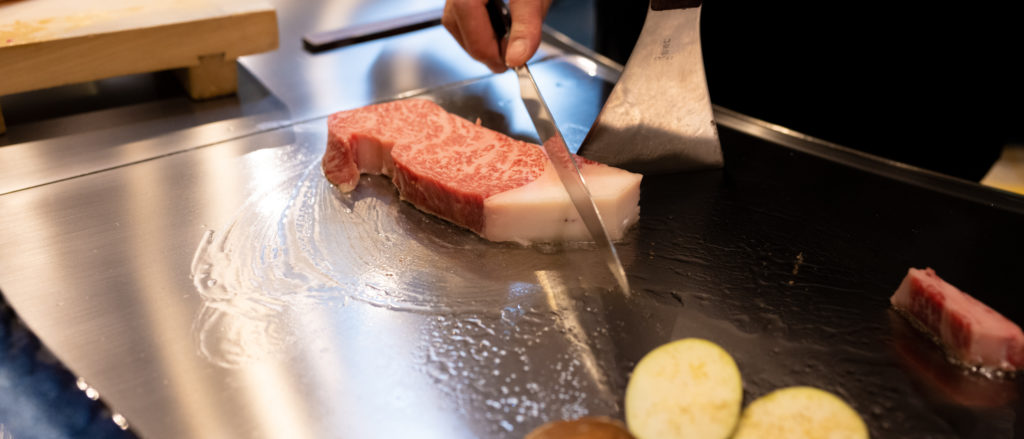
Photo used with permission courtesy of @somewhere.in.jp
What are the requirements for real Kobe beefiness?
To exist classified as authentic Kobe beef, there are various boxes that must exist checked.
Kobe beef cows
Remember that Kobe beefiness must come from a Tajima-gyu cow, belonging to the Japanese Black brood. Not only that, merely it must be of pure-breed Tajima-gyu lineage, exist a steer (castrated bull) or virgin cow, and have been born and raised in Hyōgo Prefecture, Japan.
During its life, it must accept been fed but grains and grasses from inside the Prefecture, and upon its decease, be processed in approved slaughterhouses in Hyōgo, and have a gross carcass weight of 470kg or less.
Kobe beef quality
Remember the yield and quality scores for wagyu we talked well-nigh above? Kobe beefiness must achieve the highest grades of A4 or A5. In addition, the Beefiness Marbling Score (BMS), must be 6 or in a higher place.
Class BMS No.
5: Excellent viii – 12
4: Good 5 – 7
This means that A4 wagyu with a BMS of five does not run into the criteria to exist called Kobe beefiness.
Kobe beef authenticity
Kobe beef must exist assigned a 10-digit ID number, so that its authenticity can be traced back to the private moo-cow it came from.
Simply when all of these requirements are satisfied, can a piece of wagyu be chosen Kobe beef or Kobe steak. If you've ever asked yourself, why is Kobe beef so expensive? Then this is it.
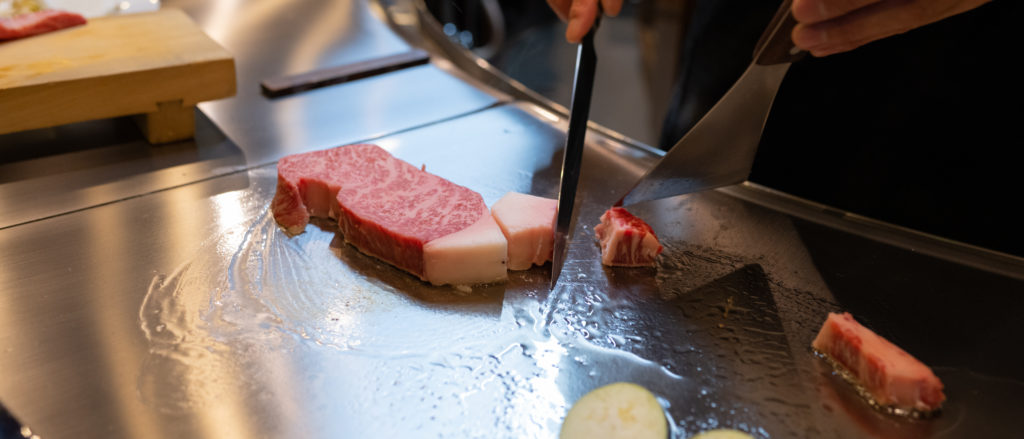
Photograph used with permission courtesy of @somewhere.in.jp
Kobe beefiness price and wagyu beefiness price
Kobe beef is rare and expensive, fifty-fifty in Japan.
Kobe beefiness price per pound in Japan (about 450 grams) is about $300, but you can pay around $500 for the best cuts of meat at effectively establishments.
Given its scarcity and price tag, most Japanese have never tasted it, and those who have generally reserve it for a very special occasion.
In the Usa, you can expect to pay $50 per ounce (less than 30 grams). While wagyu tin be half that.
Heir-apparent beware – the big Kobe beef and wagyu scam
With its reputation for excellence and consumers ready to open up their wallets for a gustatory modality of it, it's unsurprising that restaurants the world over accept tried to cash in on the Kobe beef name.
While there are strict laws in place on the usage of the term 'Kobe beef' in Japan, such standards are largely unrecognized away, meaning that restaurateurs outside Japan are non jump past the same stringent guidelines, leaving them to get artistic with their carte du jour descriptions.
You've no incertitude encountered menu items such as American Kobe beef, Kobe burgers and Kobe beef sliders.
The reality is nearly all beef marketed as Kobe beef outside of Japan is not actually real Kobe beef.
American Kobe beef
American Kobe beef is an oxymoron.
Kobe beef must come up from Tajima-gyu cattle that were born, raised and slaughtered in Hyogo Prefecture and have simply been fed from grains and grasses from within the Prefecture, and hence any beef produced in the The states, whether from Tajima-gyu cattle or not, cannot be Kobe. Plain and simple.
The usage of terms such as 'American mode Kobe beef' or 'American Kobe fashion beef' seems to exist a clever semantic variance being employed past a number of restaurants who desire to leverage Kobe beef's reputation, while trying to mitigate any potential consumer-related backlash.
That said, there have already been several class action suits filed confronting restaurants in America who were allegedly selling fraudulent Kobe beef, and affected consumers are enervating their money back.
According to Attorney Kevin Shenkman, who served as class counsel for suits against a number of these restaurants and dining groups, explains:
"These businesses are passing off their beef as being Kobe beef when it is anything simply Kobe beef and they're charging premium prices to consumers who are paying those prices considering they think that it is in fact Kobe beef and information technology's not."
Yet despite growing media attention, it seems to have made niggling difference to consumer sensation or spending in the US, where carte du jour items similar Kobe sliders have already taken a foothold in the new age of foodie-ism.
The term Kobe, and even wagyu, is used and then liberally on menus in America that customers accept almost come to expect these 'premium' options from just nigh any neighborhood bistro, without considering glaring facts.
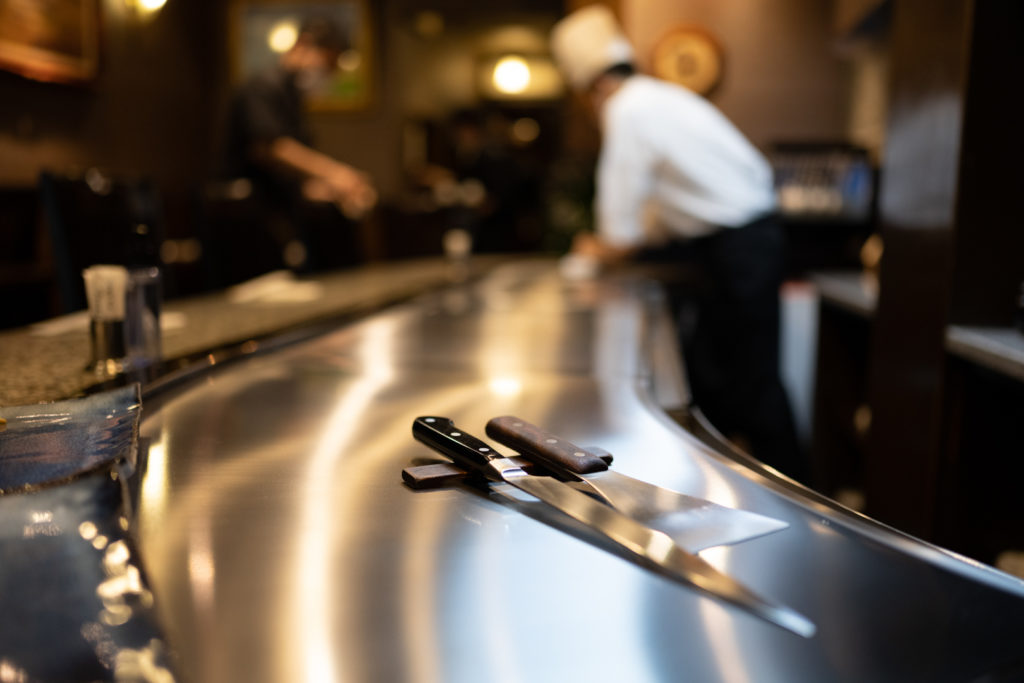
Photo used with permission courtesy of @somewhere.in.jp
Wagyu beefiness and Kobe beef in the Us
From 2010 to August 2012, the import of any Japanese wagyu beefiness from Nippon, Kobe or otherwise, to the United states of america was banned due to concerns over foot and mouth disease believed to have originated from livestock in Japan.
Even prior to that, simply boneless, fresh Japanese beef could be imported and none of it was Kobe, equally slaughterhouses in Hyōgo Prefecture (from which only authentic Kobe beefiness tin can come from) were non canonical for consign by the USDA.
Therefore any restaurant claiming to be serving Kobe beef in any form in the U.s.a. before August 2012 was existence a bit creative with their menus.
While the USDA's ban on Japanese beefiness importation was lifted on 27 August 2012, simply very small quantities of Kobe beef are distributed to select buyers. About Kobe beef remains in Japan for domestic consumption.
Fifty-fifty the term 'wagyu' is very loosely practical in the United States. While pure-bred Japanese cattle exercise exist in the US, meat need simply be 46.nine% Japanese to be labelled wagyu.
Often wagyu in the United States is cross-bred with Angus cattle and may be more Angus beefiness than wagyu. Still, even this very broad definition of wagyu only applies to farmers and abattoirs; it does not extend to restaurants.
Then essentially restaurants can sell any beef equally wagyu or Kobe beef, and many do.
Where to get real Kobe beef
Fortunately, there is a lot you tin do to protect yourself as a consumer and to avoid being duped into paying for something that is not the existent deal.
Check the toll tag and skip the Kobe beef burgers
As journalist Larry Olmstead who has done pregnant enquiry into Kobe beef fraud says, "High prices don't guarantee that you are getting Kobe beef but depression prices virtually guarantee that y'all're not."
Cost is a good first indicator. As much as we'd all like to think we can get a premium Kobe steak or burger for an extra $10 at the local gastro pub, unless you're paying a couple of hundred bucks for it, it'south not Kobe beef.
And no one in their right mind is going to grind upwards pinnacle-quality wagyu, much less prized Kobe beef, into a hamburger patty in the first identify. There is essentially no such thing equally ground Kobe beef.
The late great Anthony Bourdain described Kobe sliders as the worst dish in America. "What makes Kobe good is texture. You lose all of that immediately (in a Kobe slider).
"At that place's no way that you lot could capeesh the things that make Kobe interesting and skillful and expensive in a lilliputian burger or a meatball drowned in sauce. I mean it'due south silly."
Just even when the dish appears to be prepared in a logical manner and the price seems correct, this doesn't guarantee that you lot're being served what you ordered. For that we need to dig a piddling deeper.
Ask your server
Any restaurant serving real Kobe beef should be able to tell you exactly where it came from, its precise grade, their distributor, and be able to produce the 10-digit authentication number.
Kobe beef is not easy to procure. If they don't know or hesitate, this is a sure sign that information technology is not accurate Kobe beef.
Check if the restaurant, retailer or wholesaler has really imported Kobe beef with this easy online search fob
Kobe beefiness is highly coveted and regulated in Nippon; they don't only send it anywhere without knowing exactly who information technology is going to and where it will finish upwardly. Fortunately for consumers, this information is available freely online.
In the United States, there are currently only 40 restaurants that have access to 18-carat Kobe beef.
Yous tin observe a list of overseas accredited restaurants and distributors here.
You can also search by the x-digit authentication number to bank check that it is a legitimate number.
In addition, you tin cheque when the beef was exported and the company it was imported by here.
If the information you are given by an institution cannot exist confirmed here, something is awry.
The most expensive beef in the globe
Given its price and reputation, yous might think that Kobe beef is the most expensive beefiness in the earth. But, in fact, it's non even the well-nigh expensive or most prized wagyu.
That accolade goes to Matsusaka beef, which domestically in Japan is by and large considered to exist the all-time Japanese beef due to its college on average fat content, a key indicator of quality wagyu. While Kobe beefiness must have a BMS of 6+, Matsusaka must exist 10-12.
The most expensive beef in the world though is reportedly from a subcontract in Northeastern France where a butcher who runs his own abattoir creates aged steaks from his Blonde Aquitaine stock through a process of hibernation. Through the process, in which cold air is diddled at 75 km per hour onto the meat in a -45 degree Fahrenheit environment, the beefiness may be kept for an indeterminate amount of fourth dimension without loss of quality.
A 2000 vintage cote de boeuf (rib steak) costs around $3,200.
Conclusion
All this information may sound confusing, but at the end of the twenty-four hours, information technology'southward quite simple. Exercise your research and avert inexpensive (and expensive) imitations.
Go directly to the source and select an accredited Kobe beefiness eatery, retailer or wholesaler in your country from the listing or save your pennies for a trip to Japan for the guaranteed real deal.
And the beer, massages and music, I hear y'all ask? While I hate to put a dampener on a expert story, it basically has to be put downwards to myth.
It's certainly plausible that some farmers take used such techniques (and perhaps that is where such legends derived), only it's definitely not an manufacture-wide standard.
In the words of Yoshinori Nakanishi, a Kobe cattle farmer who's been in the business for nearly 40 years, "Neither I nor any beef farmer I know would ever dream of giving cows beer."
Guess they'll just have to let the taste speak for itself. Luckily for them, one bite of the famed "melt-in-your-mouth" fare usually requires little convincing.
Accept you tried Kobe beefiness? Would y'all like to? Let us know in the comments!
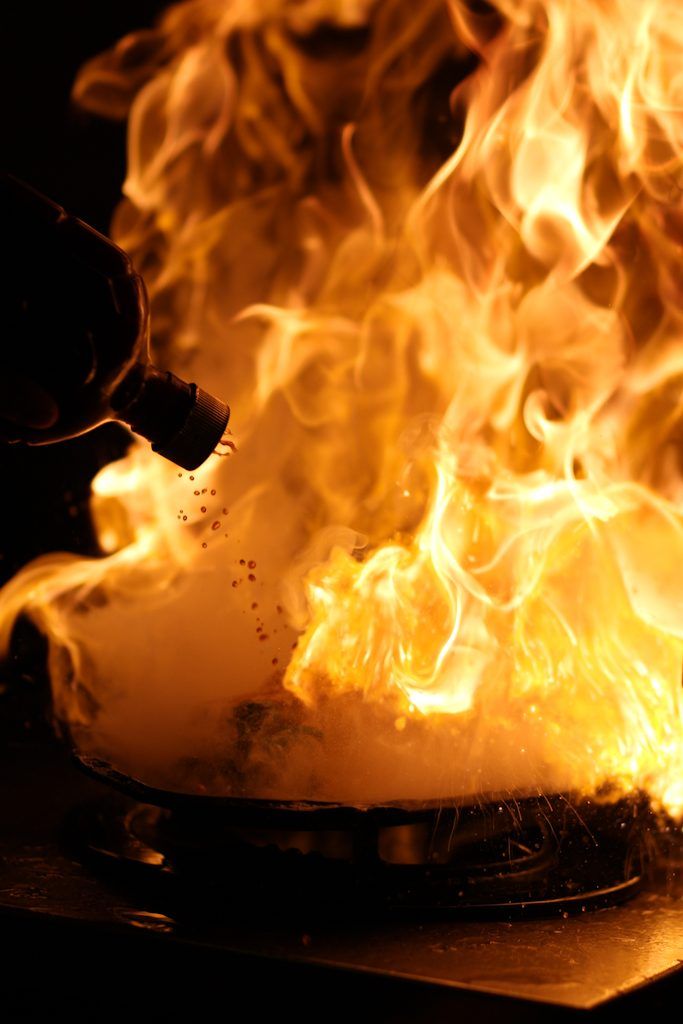
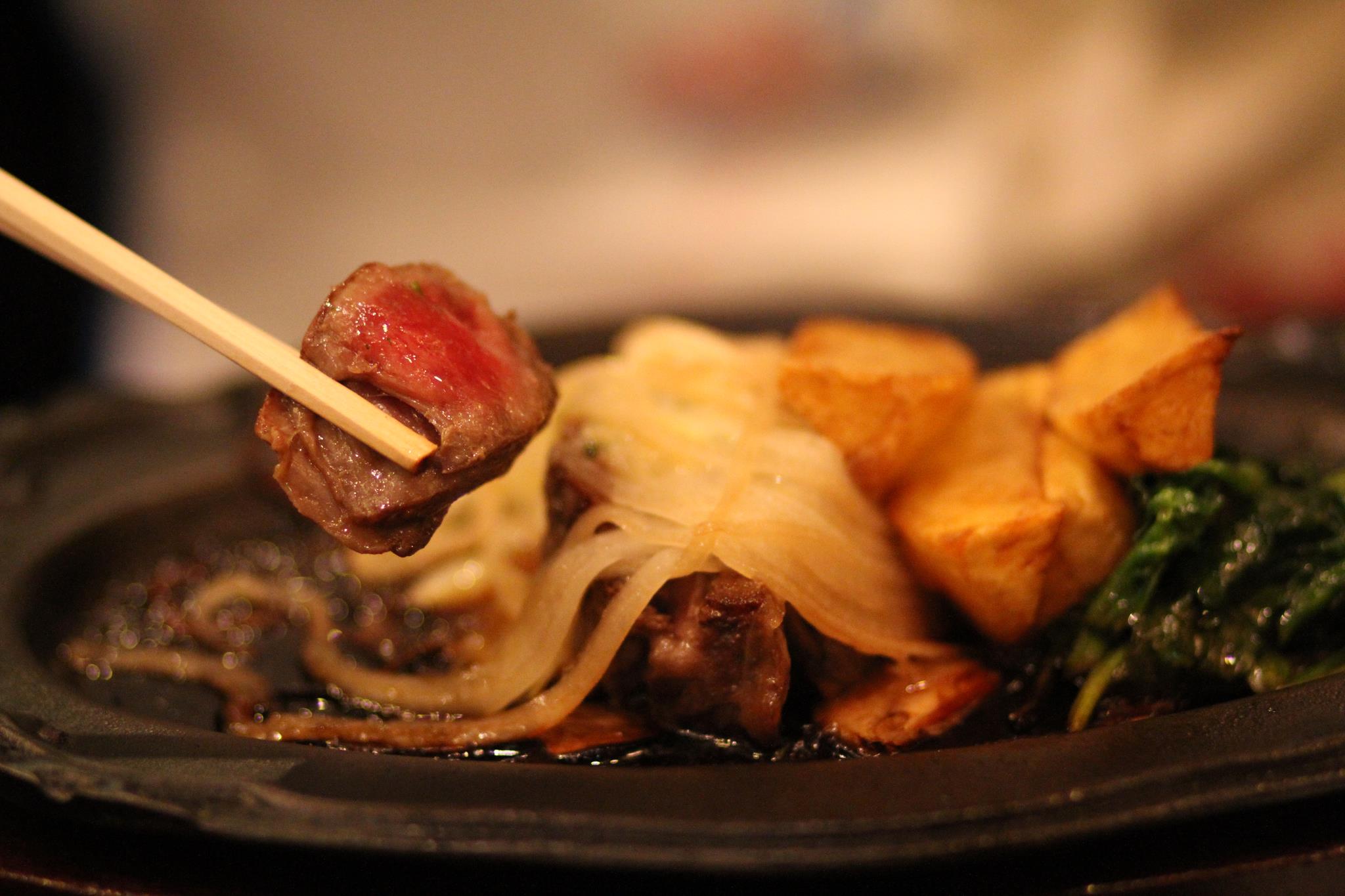
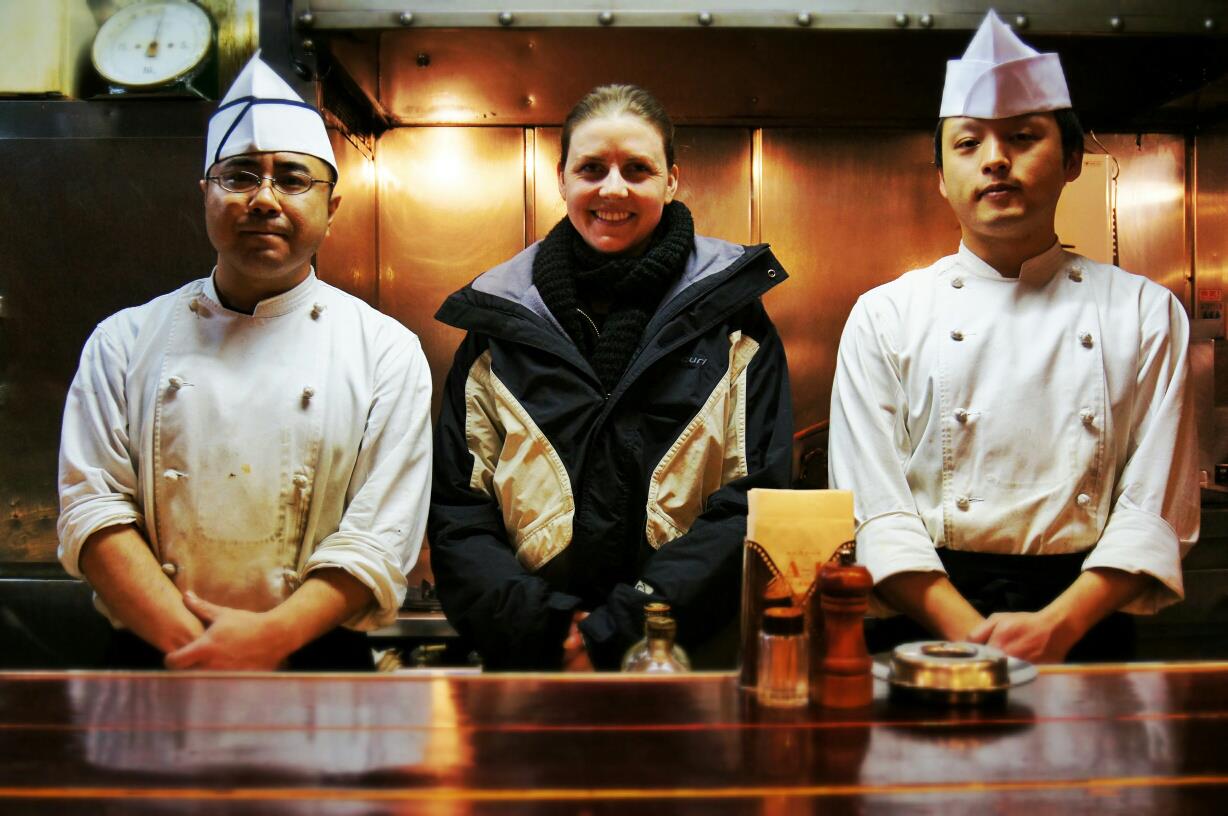
Interested in an outdoor Japanese BBQ experience where all yous have to do is bear witness upwardly? Meat prepared and set to cook, cleaning of the grill done for you, a prissy spot prepared to sit and enjoy time with family and friends? Read about Japan's 'Tebura BBQ' service!
Source: https://notesofnomads.com/kobe-beef/
0 Response to "What Is Kobe Beef What Is Kobe Beef Fed"
Post a Comment